I’ve been lucky enough to be the official photographer on many drama and dance productions. Over the past few years I’ve learned the hard way exactly what works and what doesn’t. So here are my top seven theatre photography tips.
1) Preparation
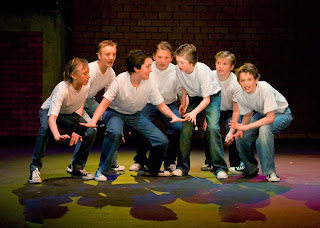
Before you leave home you need to be prepared for the task ahead. First there’s the obvious stuff. Pack lots of empty memory cards, a couple of extra batteries and a back up camera, just in case. The next thing to get ready is you. Wearing black will help to blend into the shadows, comfortable and quiet shoes are also a must. Finally pack food and drink; you may be in for a long day.
2) Theatre etiquette
Weeks or months of rehersals and planning will have been put into the preparation for the show, so be under no illusion that you, as a photographer, are not going to get any special attention. In fact you might well be the cause of problems. So, find the director or stage manager and introduce yourself. Ask about the “house rules” e.g. can you move around during the performance? If you can, always photograph the dress rehearsal (know as a technical rehearsal) rather then the actual performance.
3) Flash or no flash.
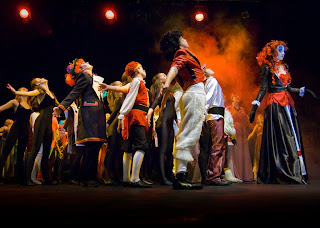.jpg)
The light levels are going to be very low, so it's very tempting to use flash. But the golden rule is, during the performance, absolutely no flash… ever!
Two reasons for that. One, it’s very off putting to the actors and two, you’ll end up with really horrible pictures. The lighting crew have spent time and money creating atmosphere with their lights and it’s your job to capture that atmosphere.
4) Lens choice
Fast glass is the name of the game. Fast glass is lenses that have a wide aperture. f4 is OK but f2.8 is better. Image stabilising lenses can help with camera shake, but motion blur is the biggest problem. When you get shutter speeds of 1/100th second or below you can expect to get motion blur on the hands and feet of the actors. Predicting when the actors are going to move is a skill you'll learn very quickly.
5) Camera settings
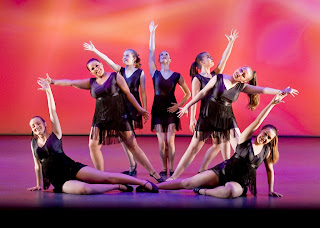.jpg)
I always shoot in Aperture Priority mode and open the aperture as wide as possible. I’ll keep an eye on the shutter speed and will stop down whenever I get the chance. ISO is often on max (1600 iso on my Canons) and I record in RAW of course. Theatre lighting can be a mixed bag, so RAW allows me to correct the white balance back home.
6) Shooting position.
I always shoot with two or three cameras. The first camera is set on a tripod in the centre of the theatre just higher then the stage and is opperated by my assistant, Sam. She takes small group shots, whilst I move around close to the stage to take the close ups. I also have a third camera fitted with a wide angle lens to cover the whole stage. This is connected to a time-lapse trigger and takes a picture every 15 seconds. You can see the results below .
7) And finally…
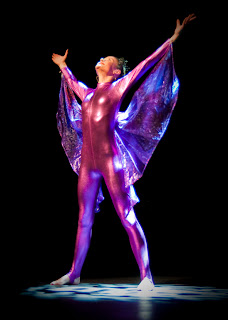.jpg)
Over shoot. Expect one in five shots to be sharp and perhaps only half of those to be good photographs. You may well do better then that, but it’s far better to have two many pictures then to few.
Have a "comfort break" before you start. Dress rehearsals can go on and on and you don’t want to be nipping off to the loo half way through!
Back up your images as soon as possible, the unthinkable can strike at any time!
Lastly, have fun. Theatre photography is fantastic fun and a real challenge to even the most seasoned professional. Embrace that challenge and you’ll come away with some amazing images.
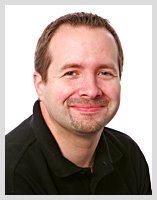
9 comments:
Great stuff Gavin. I enjoyed this a lot. Excuse my green ears, but how do you set up the time lapses? do you have a special trigger for that? or are you tethered to a computer? It would be nice if you would explain how to do this for the neophytes like me. It can have many other applications besides theater. Thanks again. michel
Hi Michel
Good question, I kind of skipped over the whole timelapse thing (I didn't think anyone would be interested). For this timelapse I used an old Canon 20D camera fitted with a phottix TR-90 timer. http://www.phottix.com/wired-remotes/phottixr-tr-90.html
I'll add timelapse tips to the ever growing list of upcoming blog posts.
Thanks Gavin, these tips are really helpful. Always wanted to know how to photograph theatre performances. Would also be interested in learning how you did the time lapse. How did you come up with every 15 seconds? Seems like a lot of photographs!
Gavin, these photos look amazing!
Just a quick question, when shooting a theatre production, do you tend to use a telephoto or wide angle lens?
I'm doing one this evening and ill be at the back of the hall, i'm planning to use my 70-200mm f/2.8 with my 5D Mk II and my 24-70 f/2.8 with my 50D, does this sound reasonable?
Do you recommend just switching between both?
Thanks
Shafiq
Hi Shafiq
It depends on the size of the venue, and if you can move around. My advice would be to use the 24-70 with the 50D. The problem with the 70-200 is going to be getting sharp photos in really low light, especially at the 200 end. Pop it on a tripod and see how it goes.
Remember to keep zooming in on the cameras LCD to check the results.
I liked this topic. I've shot theater before and I will probably again. I enjoyed reading what you do, from the best of the best. You always pick such fun topics to blog about. Thanks for that.
This blog is very interesting and helpful..
Everything is already in there.
Love this site. This will be my second year photographing a theater based event. Helped me to understand how to get around the lighting issue and get better outcome. Can't wait to try the suggestions. What do you recommend on a telephoto lens for theater. Looking at Canon L series. Also thoughts on the Canon D5 Mark II
Thanks for your great work. Only a couple of cuestions. Do you think that would be possible to work with manual focusing lenses for this kind of work? And another one, is it easy the post processing to erase the noise in the dark parts?
Sorry for my bad english. I write you from Spain.
Post a Comment